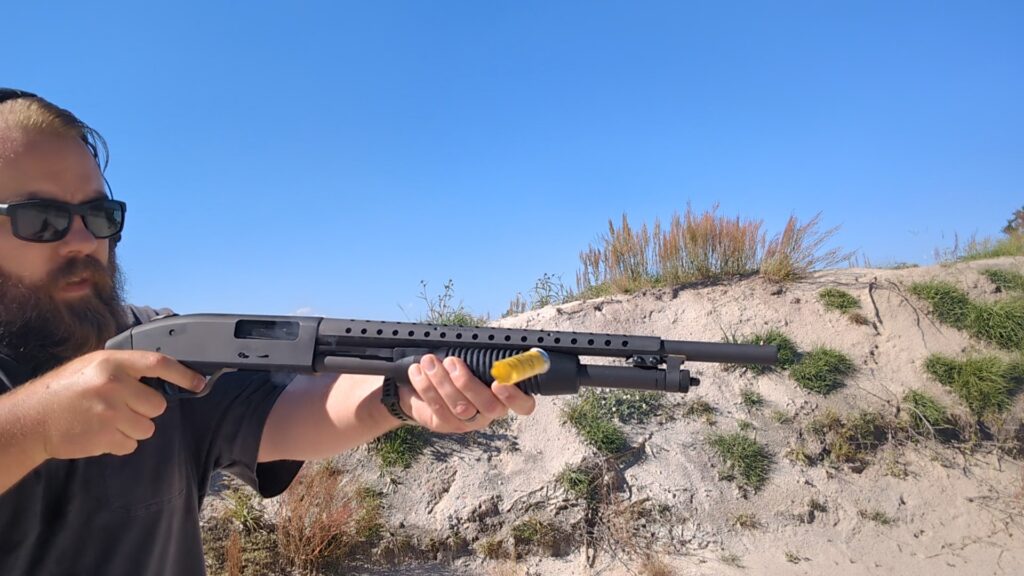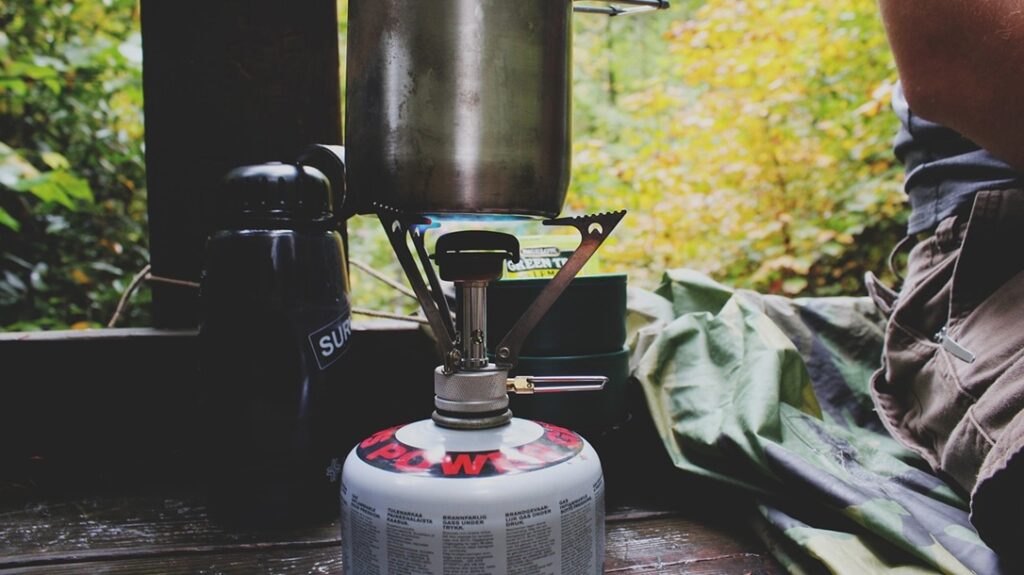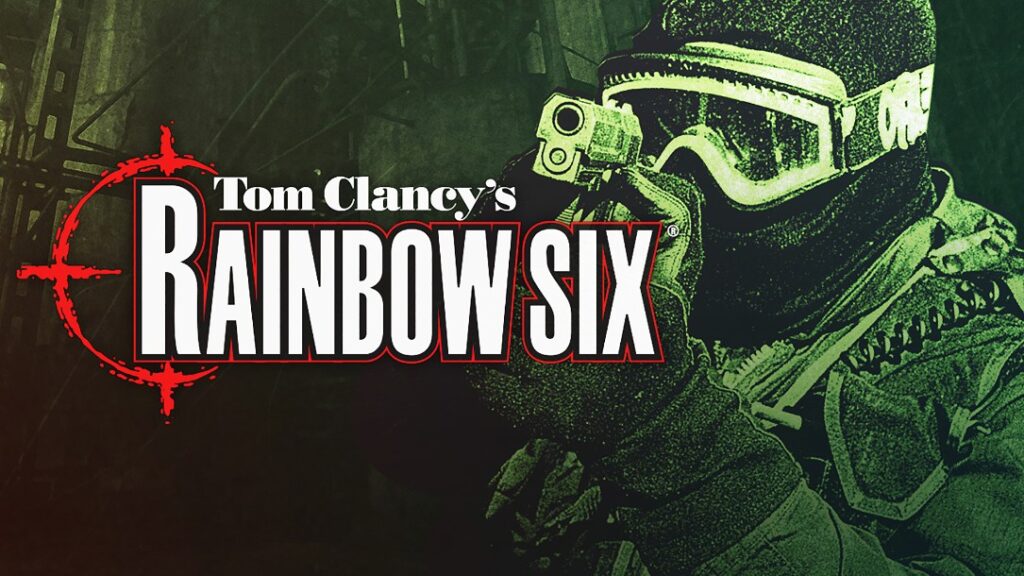I had the privilege of spending some time training with Matthew Little, aka Greybeard Actual, in his two-day Pistol Skill Development course held at RDI in Pleasanton, Texas, just south of San Antonio.
Author’s Note: This is the same venue where I took my previous training class with Green Ops and their 1-Day Kalashnikov course. It appears RDI is becoming one of the most happening ranges in the area). The Ranch in Dilley, TX, would be the other venue in the San Antonio area.
GreyBeard Actual Pistol Skill Development 2-Day Course Overview
Little’s Pistol Skill Development course is an intensive two-day handgun course built around the spectrum of practical shooting skills and movement. Over the years, I’ve been fortunate to train with different instructors. Thus far, Pistol Skill Development has been one of the most unique 2-day handgun classes I’ve ever taken due to Little’s philosophy, experience, and outlook on shooting.
Advertisement — Continue Reading Below
While students will get plenty of action (and wisdom) on both days, Day 1 has a higher round count than Day 2. Day 1 involves more shooting exercises and drills, while Day 2 is focused predominantly on shooting-and-moving with a handgun. The class also navigates a few mini-USPSA-style stages.

This course best suits people looking to improve their comprehensive handgun shooting skills. I wouldn’t categorize it as an ‘advanced course’ in the traditional sense. However, the prospective student should already be comfortable with drawing their handgun confidently from their holster.
Advertisement — Continue Reading Below
Pistol Skill Development is a course centered around shooting skills but not tactics. So, students are welcome to shoot from competition belts, modern tactical battle belts, or even concealment—as long as the holster is safe and dependable. I noticed all three types of holster systems on the firing line during our class weekend. I personally shot from concealment as that’s how I tend to carry.
It’s also true that Pistol Skill Development is heavily influenced by modern action pistol shooting sports, especially regarding much of the movement and many of the drills shot in class. However, Pistol Skills Development is not a competition-specific course.
Greybeard’s Philosophy And Approach To Pistol Skill Development
Little’s professional background as a martial artist, competitive shooter, Special Forces soldier [20th SFG (A)], and Chicago SWAT cop is somewhat unique in the training space. Suffice it to say that he possesses a trove of experience in shooting both on his own as a high-level competitor and professionally at either of his martial jobs in Special Forces or the SWAT team.
Advertisement — Continue Reading Below
Because Little participated in all three domains of shooting (competition, military, SWAT) concurrently, his knowledge is cross-pollinated. This allows him to offer unique insights in his classes and material.
This makes Little one of the few people who are objectively qualified to comment, dissect, agree, or disagree on topics ranging from cutting-edge performance pistol techniques to “cliched” institutionally established gun-training kata and tropes.
For example, on Day 2, a student asked about the standard drawing-and-pressing-out technique. Little then answered, “Don’t worry about that [drawing and pressing out]. That’s a commonly taught technique to large groups of people who aren’t going to train on their own anyway; that technique helps them get by and is good enough.”
Advertisement — Continue Reading Below
After hearing that, I pondered how many other things of that nature taught at the institutional level by typical pistol instructors are also commonly accepted, taken for granted, or even passed down to more serious pupils. The insight here is that getting by on institutional knowledge alone isn’t enough for the motivated and self-directed student.

Skill Building Drills
Another reason to describe Pistol Skill Development as an atypical handgun training class is the curriculum’s approach when conducting actual training or shooting drills throughout the weekend. Greybeard’s Pistol Skill Development course was the first time I ever participated in a shooting class that made use of skill-building drills where students had several chances to take many reps and movements.
Advertisement — Continue Reading Below
This level of involvement made the course feel more like a pre-tournament training camp for a physical sport than the typical weekend pistol class. Even though I can’t yet row 2000 meters in seven minutes on a Concept 2 rower, I’m not exactly out of shape either. There was enough drilling and movement, and this activity managed to make me sweaty and increase my heart rate.
Prospective students will notice this, especially on the second day when class focuses on moving-and-shooting—something that’s underserved in general-purpose pure-shooting skills courses. I’ve noticed that the majority of formal pistol training doesn’t involve much in the way of movement.
I’ll even admit that I hadn’t considered that being able to shoot-and-move efficiently is actually a core skill, no different than solid trigger control or grip. As a civilian who’s only concerned about improving themselves in practical shooting, I see the value in refining movement. It’s necessary in order to level up in any of the action pistol classifications.
Advertisement — Continue Reading Below
Graybeard’s Lectures

Even though we shot plenty of rounds during Pistol Skill Development, this course also reminded me of the time I trained with Riley Bowman last year. Specifically, because of the time that was made for lectures and classroom discussions.
Likewise, Greybeard spent time on both days during his course discussing his curriculum and tying it into the coursework. The most significant lecture topic we heard was his own approach to training and actual practice in pursuit of specific shooting milestones. This was a topic that he touched on throughout the entire weekend.
Advertisement — Continue Reading Below
I don’t have a sports background, so I had never heard anyone break down training for shooting skills in this manner so systematically. One of the first things that was said at the start of the course on the morning of Day 1 was that one of Greybeard’s goals is to get his students to learn how to coach themselves and grow as shooters that way.
The lecture portions of this two-day course are as important as the shooting modules, and it’s worth bringing a notebook. Discussion flowed freely, and students were free to ask questions as they pertained to the coursework. Be ready to soak up course material and insights like a sponge!
To be continued in Part 2
Advertisement — Continue Reading Below















